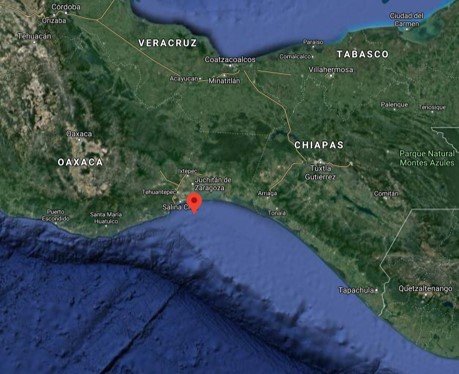sndbowen
Veteran Member
- Joined
- Apr 29, 2020
- Messages
- 58
- Location
- USA
- Vessel Name
- Passage - sold
- Vessel Make
- 2010 Mainship 395
How about a MS 395 to the Bahamas?
We crossed to the Bahamas 20 years ago in our Valiant 42 sailboat.
I would love to make the trip again, but not sure if a MS 395 is capable/safe for such a trip.
Opinions/thoughts would be welcomed.
We crossed to the Bahamas 20 years ago in our Valiant 42 sailboat.
I would love to make the trip again, but not sure if a MS 395 is capable/safe for such a trip.
Opinions/thoughts would be welcomed.

